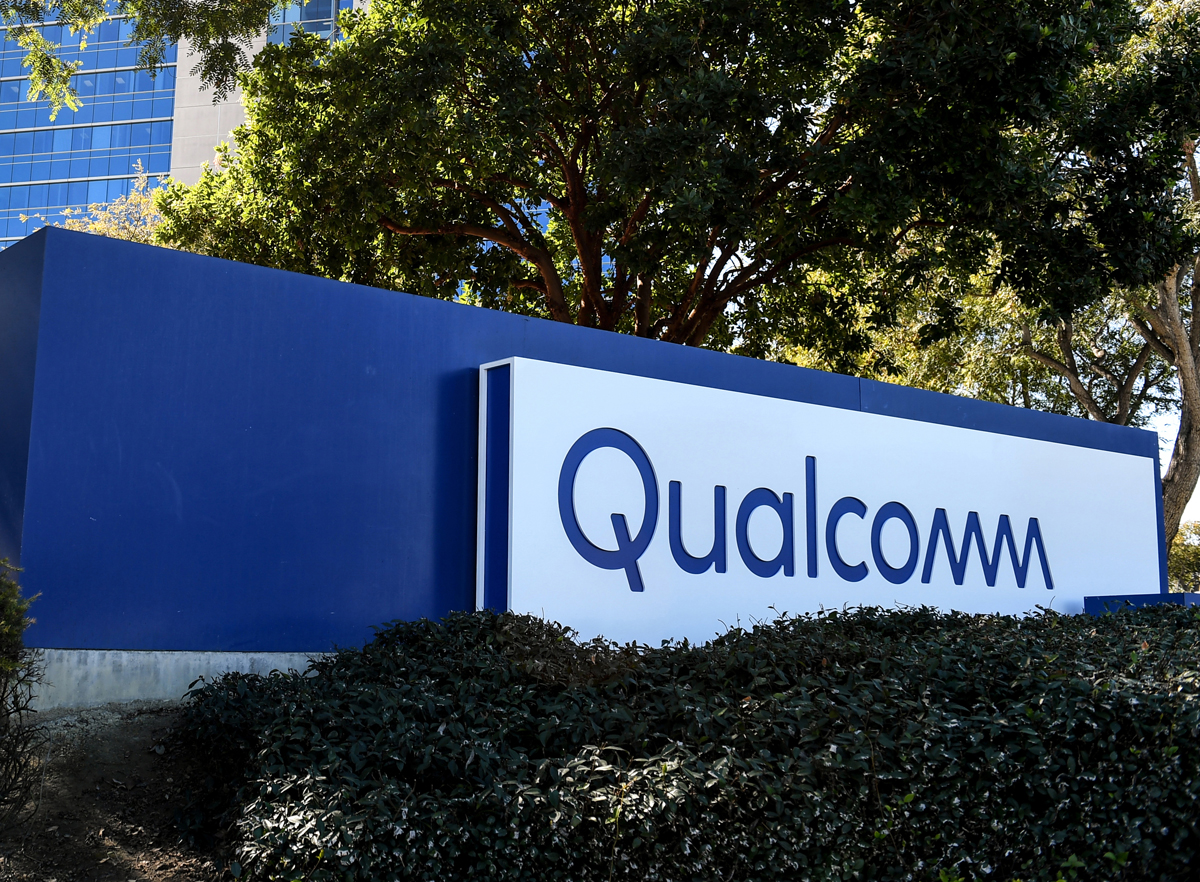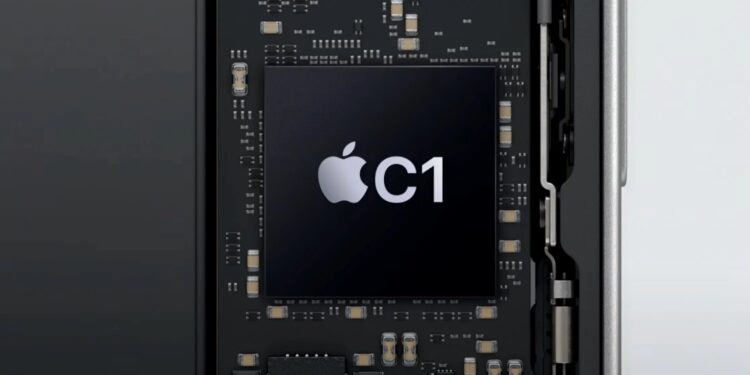Apple is working toward integrating its in-house modem technology directly into the main chipset of future devices, according to Mark Gurman’s latest Power On newsletter. This shift will eliminate the need for a separate modem chip, but the transition is expected to take several years.
The company took its first step toward modem independence with last week’s launch of the iPhone 16e, which replaces the SE series as Apple’s entry-level smartphone. It is the first device to feature Apple’s in-house C1 modem, part of a long-term strategy to phase out Qualcomm’s technology from its products.

Gurman suggests that Apple plans to introduce the C2 modem in higher-end iPhones next year, with the succeeding C3 version expected to outperform Qualcomm’s offerings. Once Apple achieves this milestone, the final step will be integrating the modem directly into the device’s primary chipset, similar to how the company has streamlined other components within its silicon.

The Bloomberg journalist further notes that this move will enhance efficiency and reduce costs, though full integration remains years away. If development stays on track, Apple could eliminate separate modem chips by 2028.
(Source: Mark Gurman)
Follow us on Instagram, Facebook, Twitter or Telegram for more updates and breaking news.



